01 Mar2018
Largest monolithic structure in UNESCO Ellora caves on Deccan Odyssey day 3
After another delicious breakfast onboard Deccan Odyssey luxury train, we disembarked at 8.45 am in Aurangabad city to explore UNESCO Ellora caves.
I learned from our guide that Aurangabad is a Muslim name, similarly to other city names ending up with “Abad”. One million inhabitant city Aurangabad is situated nearly 500 m above sea level. It’s a very good industrial city (for example Siemens, automobile companies, also Skoda).
45% Muslims live in the city, approx. 30% Hindus, a number of Buddhists, 2.5% Christians and also some Seventh day Adventists. Most of the schools are convent schools which used to be operated by old British nuns in the past. Now the majority of schools are still operated by Christians.
Exploring UNESCO Ellora caves on Deccan Odyssey
A bus was waiting for us at the train station. 13 km from Aurangabad we made a stop by a beautiful Daulatabad fort. Fort dates back to the 11th century. It is important in the Indian history because in the 14th century Daulatabad was the capital of India. The fort has been surrounded by 7 fortifications one above the other. What I found interesting is that it’s a Hindu construction but with a Muslim name.
The fort name literally means “rich fort” or ”city of fortune” (daulat means fortune, wealth). Locals believe that God lived in that particular mountain. The orange minaret below the Dulatabad fort was built in the 14th century. We did not have time but it’s possible to climb up to the fort through the Bat Cave (for a fee).
I have to say I noticed quite a lot of rubbish along the road. I think more than in Nashik.
Important facts about UNESCO Ellora caves
Then we drove through the scenic landscapes to the Ellora caves located approximately 30 km from Aurangabad. I heard and read many different stories about the construction date of Ellora. Some documents ssay that Ellora caves were built from 350 to 800 AD by the Kings of the Satvahana and Rashtrajuta dynasties before the arrival of Buddhism. Other websites mention that it was from 7th century to 13th century, so you decide. But most probably the most important caves in Ellora date back to the 7th century. Ajanta caves were built before Ellora caves, that’s for sure.
Not only Indian artists worked to make Ellora and Ajanta temples. The workers didn’t get any salary for building the temples but they helped just to have a place of worship. According to our guide, no slavery was involved during the temple construction.
It is said that the temples were built for the Lord Shiva to symbolize his home Mount Kailash in the Himalayas mountains.
The method in which they were built is called cut-out monolith, unlikely to the more common cut-in. However, 3 religions are represented in the Ellora caves: Hinduism, Buddhism and Jainism. It shows how these 3 different religions used to tolerate one another in the past.
The term ”caves” is a very misleading term because it’s not cold inside as it is in caves and they were not formed by water in a natural way either. Theses big temples were hand-made and rock-cut into solid blocks of volcanic basalt mountains. The name ”caves” came from the British people later. But in fact, it’s rock-carved temples.
There’s 34 caves altogether open to public. But I read that there are about 100 caves in this area of the Charanandri Hills. The first 12 caves to the South are Buddhist, 17 in the centre are Hindu and 5 caves to the North are Jain. Ellora caves are all numbered but not chronologically.
There’s over 1,200 cut-out temples in the same range of the basalt mountain. Black basalt is old volcanic lava which is rich in crystals and minerals. It is said that after the Brazilian mountains this is the second mountain with the most precious minerals.
Largest monolithic structure Ellora Kailasa cave 16
The biggest temple in Ellora is number 16. We only had time to visit the cave 16 called Kailasa temple (sometimes also spelled as Kailash or Kailasanatha temple). Personally I only managed to walk around it from the outside, not inside. I preferred to have photos from the outside with few people than trying to take a photo with tourists inside the temple. It is said that it took around 100 years to built the temple 16. Some archaeologists believe that Kailasa is the oldest cave in Ellora.
The Kailasa temple (the cave number 16) in Ellora caves is the largest single monolithic structure in the world. Yes, it was carved into one piece of stone only.
I saw a green parrot flying around the cave among pigeons. So unique! The temple is decorated with statues, Gods, columns, elephants and many other animals. Such an extraordinary and fascinating place!
Unfortunately, we only had less than 2 hours to explore Ellora caves, and that is with waiting in line for toilet. I have to say I managed to scratch the surface only of the Kailasa temple, but could easily spend a full day, or even more days strolling around the monasteries. Temples have always made me peaceful, as if there was nothing else in this world but peace. Do you feel the same when visiting a temple, church or any other religious place?
To be honest I did not know much about UNESCO sites in India until our Deccan Odyssey trip. I could not be more grateful for seeing a glimpse of what Ellora caves have to offer. I will definitely go back one day to explore more of the caves. Did you know that Ellora caves were proclaimed a UNESCO World Heritage Site in 1983?
TIP: Enjoyed the photos in this article? Check others I took at Ellora caves :)
TIPS:
- Ellora caves are closed on Tuesday
- the best time to visit is from July to March when it’s less hot than in May and June
- it’s not required to cover up your shoulders and knees but as it’s a place of worship, I’d still recommend it
- there’s free toilets at the entrance so use them as then inside there’s none any more
- be careful with the big monkeys at the entrance as some of them have babies so tend to be more protective than others. They are not too aggressive, but it’s still recommendable to be careful around them. They could steal stuff, you know.
- wear good walking shoes
- the cave number 16 is the nicest and the biggest one. Do not skip it.
- we only had 2 hours there but I could easily spend there even a full day if I had more water and snacks with me and was visiting on my own instead of in a group
- you can walk up around the cave 16, it’s easier to climb on the right side of the cave than to its left side. But please be careful when climbing there as there are no handrails.
- if you are visiting the area on your own and have more free time, there’s a super cool Lonar crater a 3 hour drive from there (165 km from Aurangabad). It’s a unique crater with very green lake almost 2 km in diameter. A meteorite fall down there forming the crater more than 50,000 years ago.
Thanks so much to Deccan Odyssey and Incredible India for making this trip happen. I cannot believe I’d never heard of Ellora caves until I saw our itinerary for Deccan Odyssey Maharashtra Splendour luxury train. Ellora was so worth a visit! Exactly my kind of place where you can admire architecture and history, and feel a lot of peace even when surrounded by busy people. I seriously fell in love with Maharashtra and Goa states exploring them on a luxury train Deccan Odyssey.



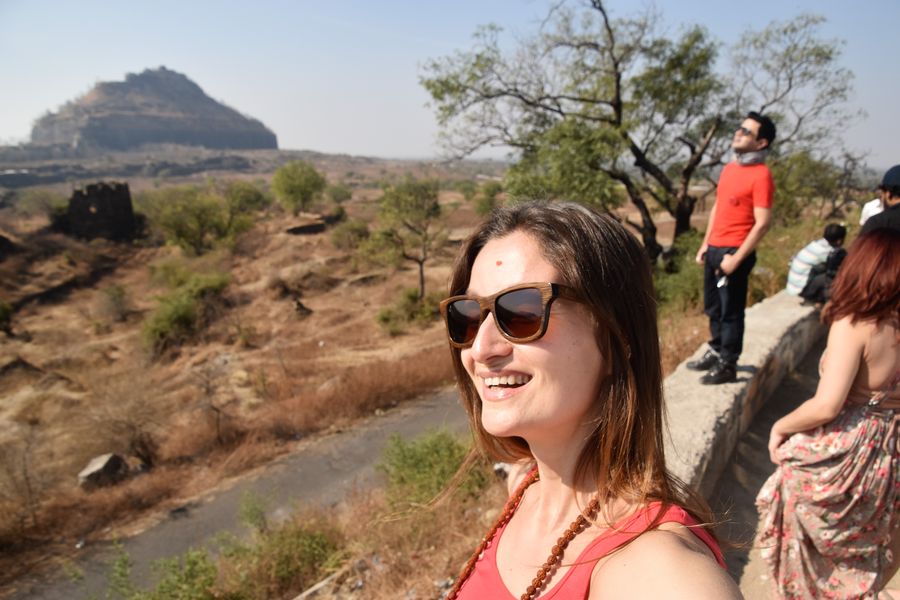
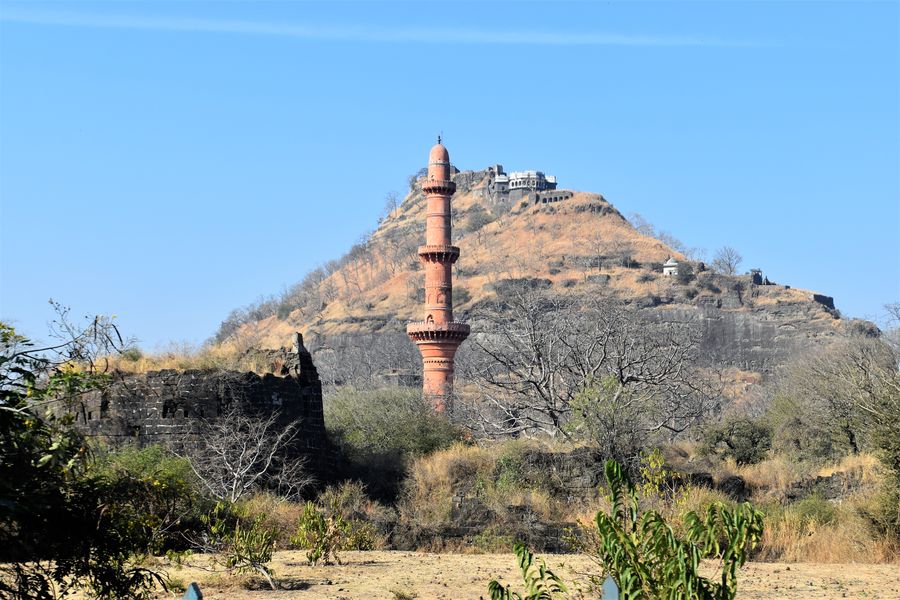
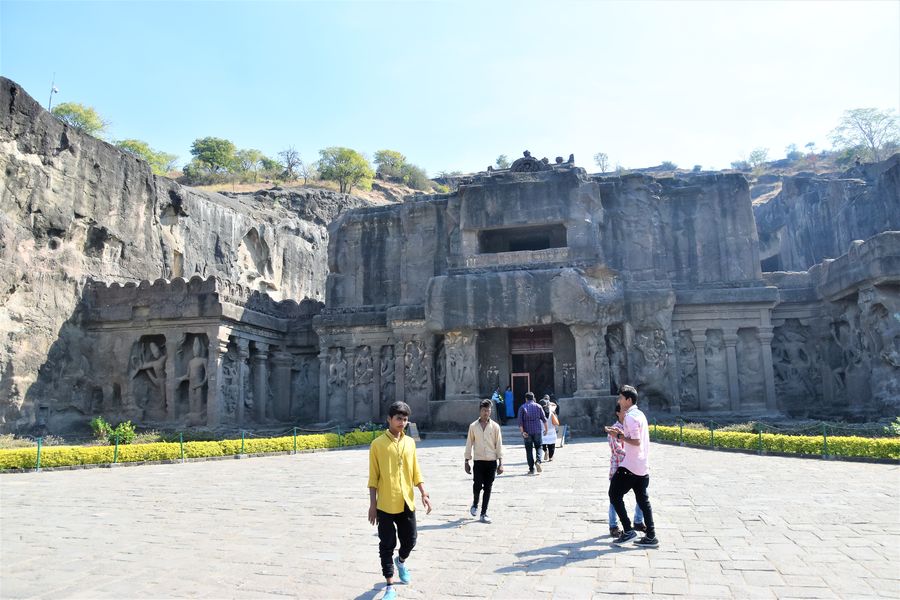
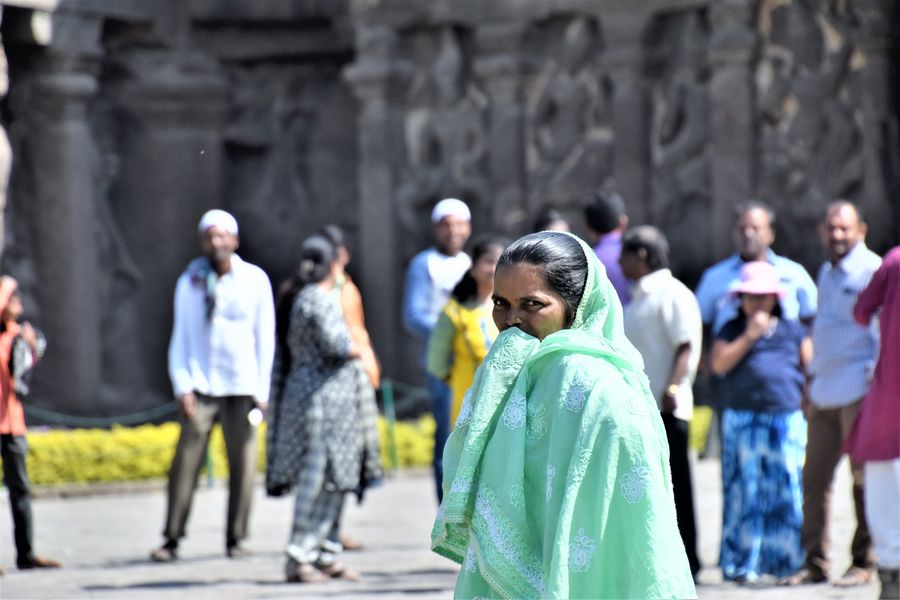
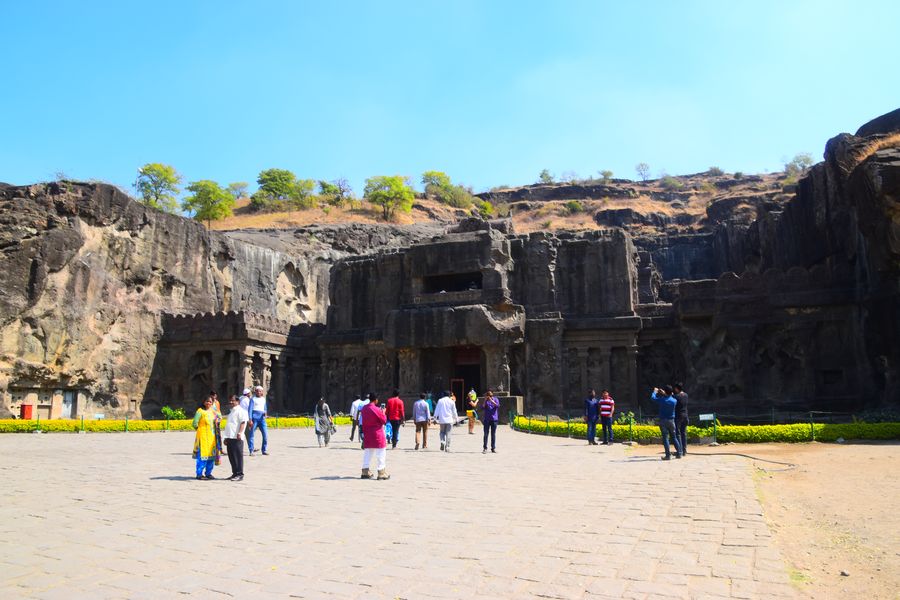
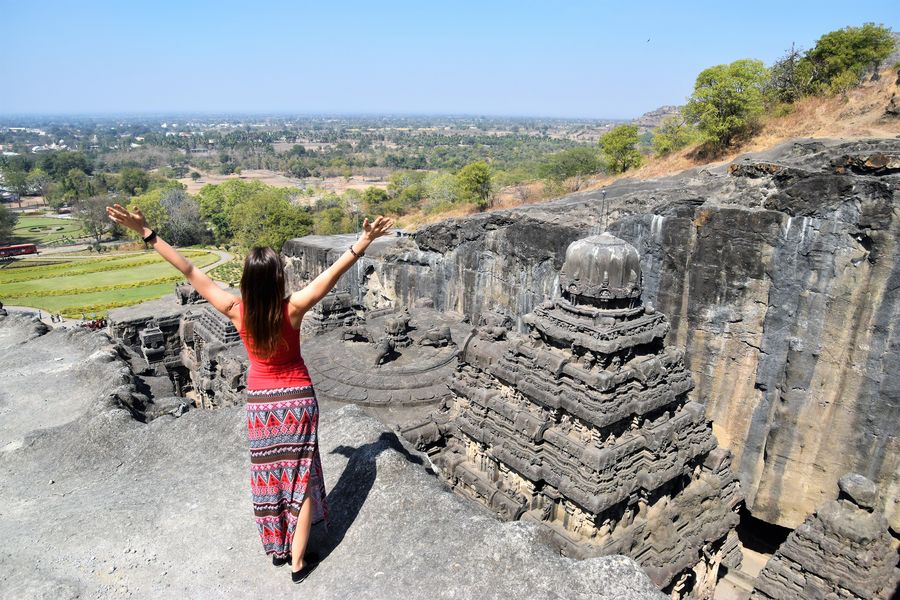
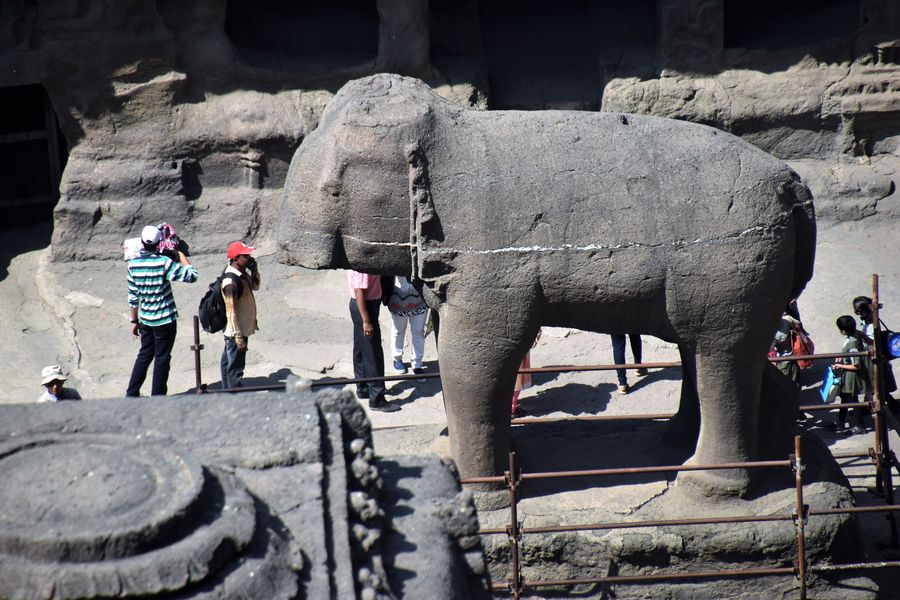
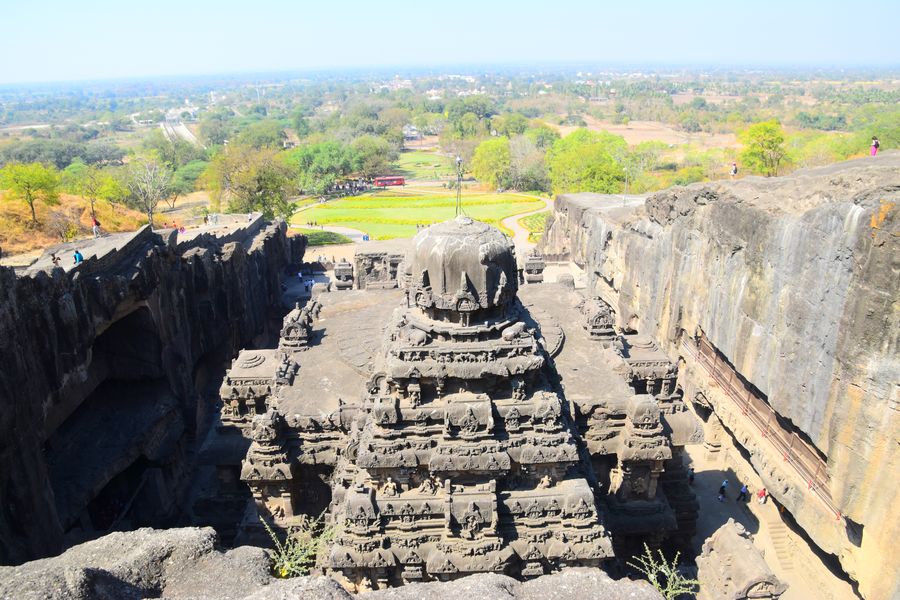
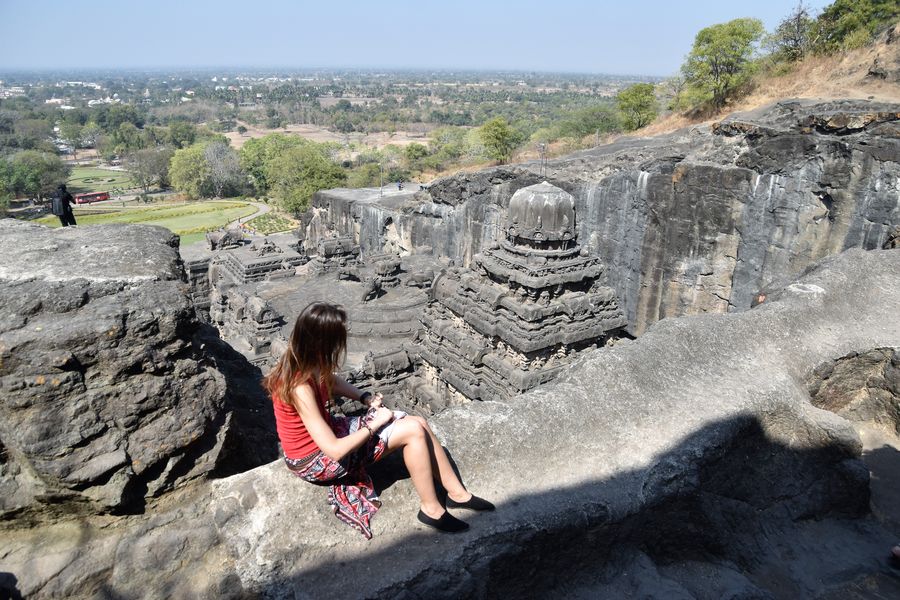
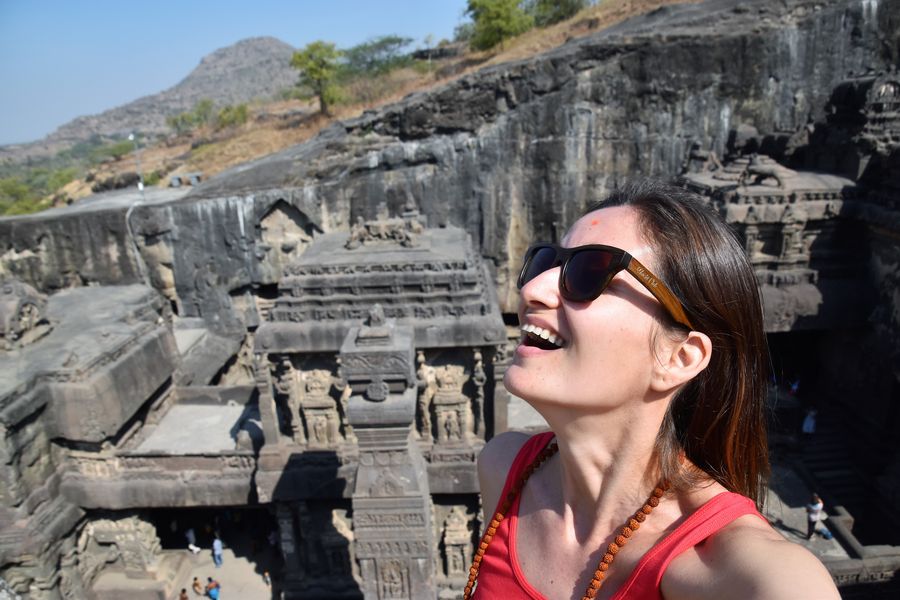
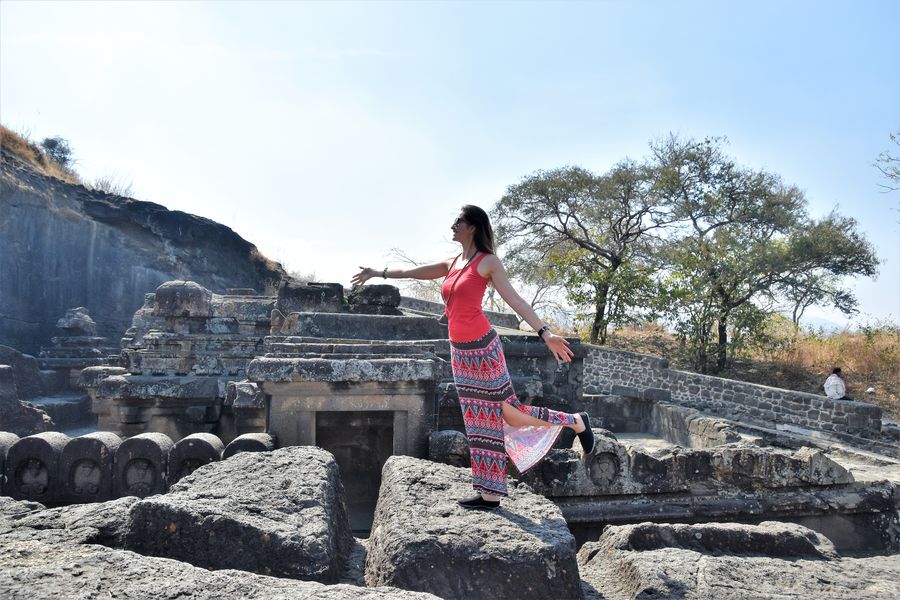

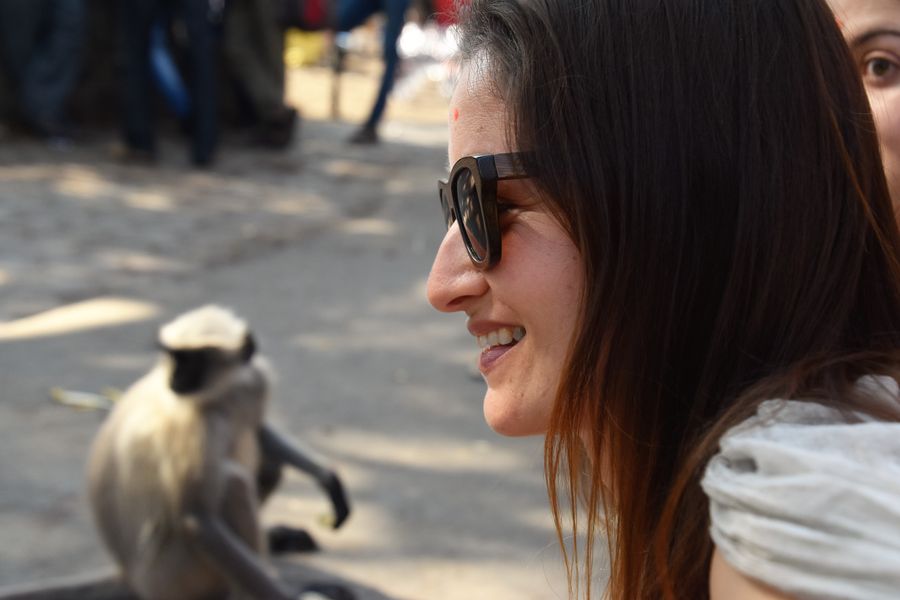
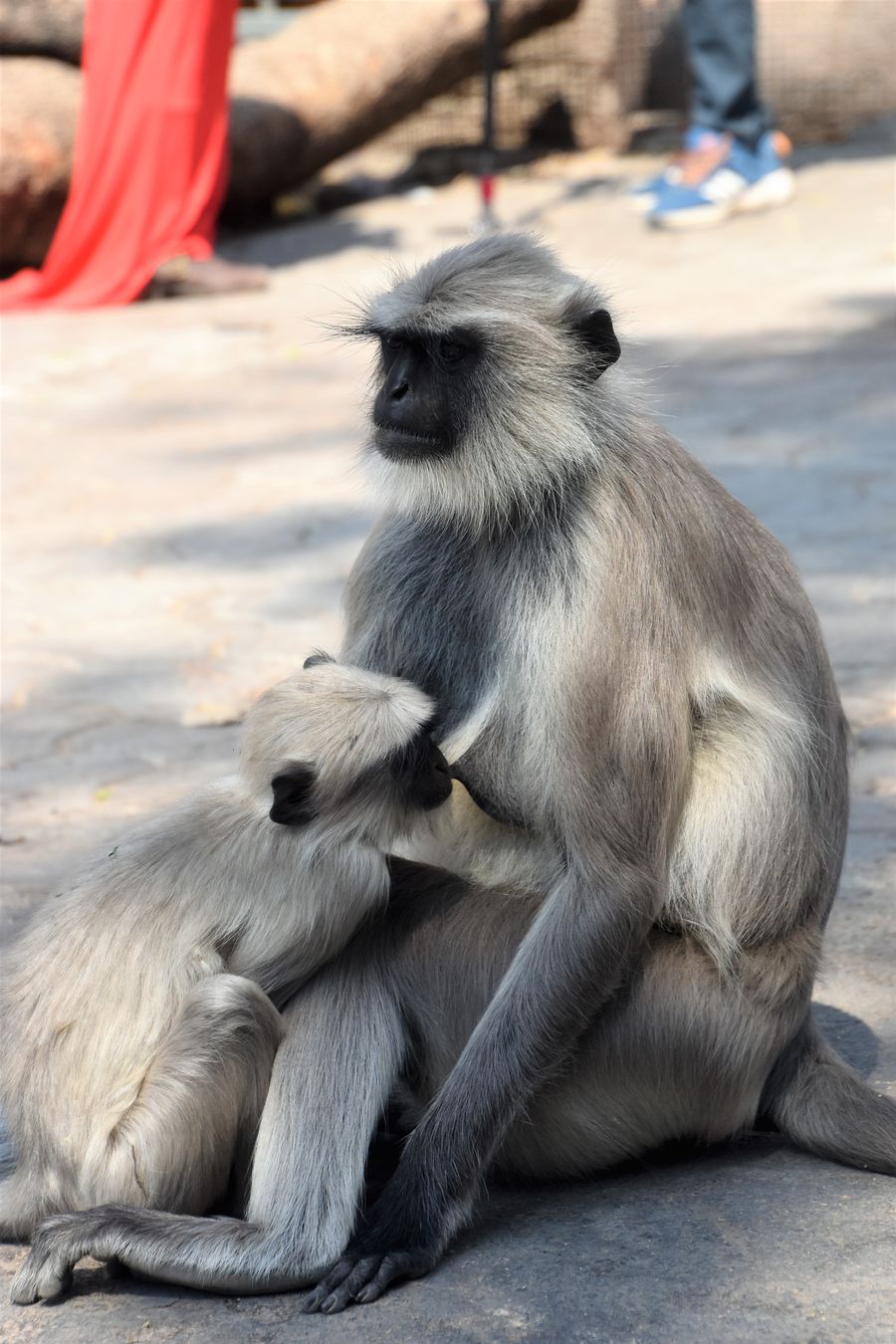

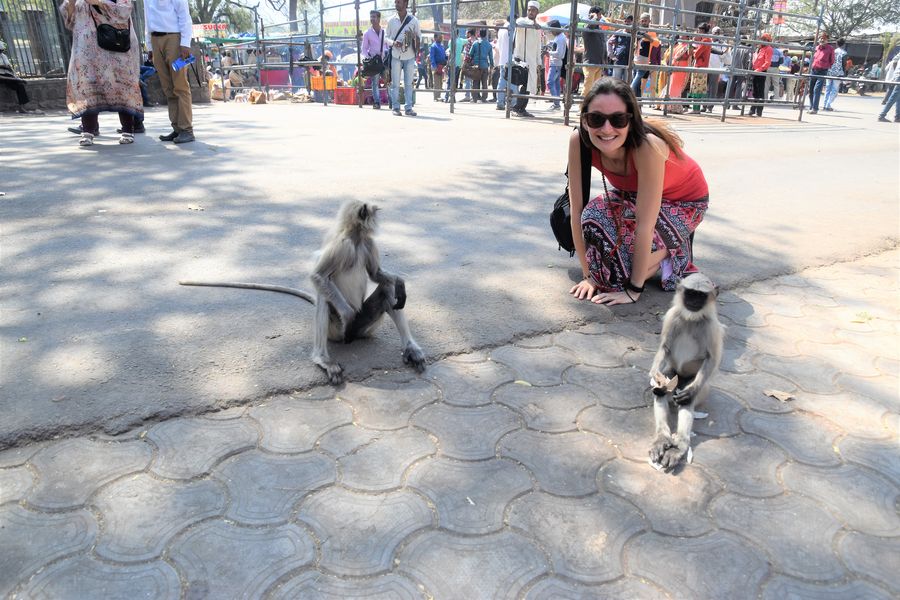

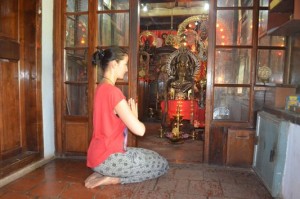
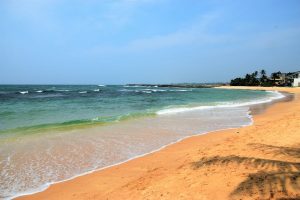
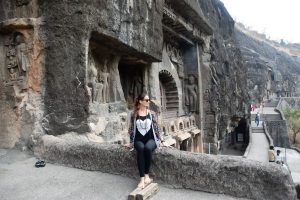


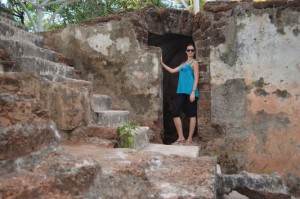
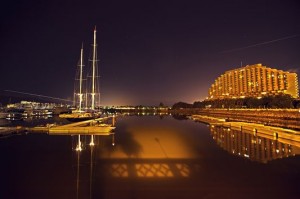
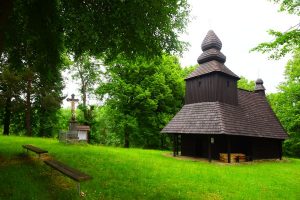
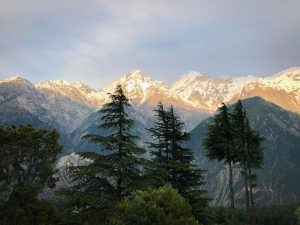
Aboard the Deccan Odyssey luxury train through India - World Travel Bug
| #
[…] I will already let you in one of my favourite stops in our trip: Ellora Caves. I didn’t know about this place before and I was in amazed by its grandeur and its […]
Paula
| #
India is incredible, it must be something especially for someone who´s doing yoga. :-) The pics are really cool.
Crazy Sexy Fun Traveler
| #
Thanks Paula, yes India is the cradle of India, so many yogis go there :)
Nie je túra bez Štúra
| #
Veľmi zaujímavé miesto, ani ja som doteraz o ňom nepočul. A veľmi sa mi páčia aj fotky miestnych ľudí. Vystihujú úplne atmošku miesta. :-)
Crazy Sexy Fun Traveler
| #
Dakujem, fakt sa snazim fotit uz aj ludi :)